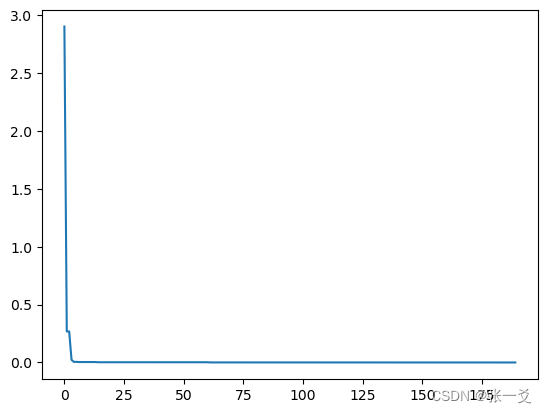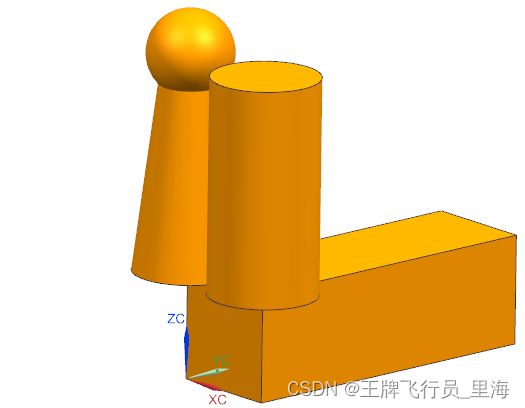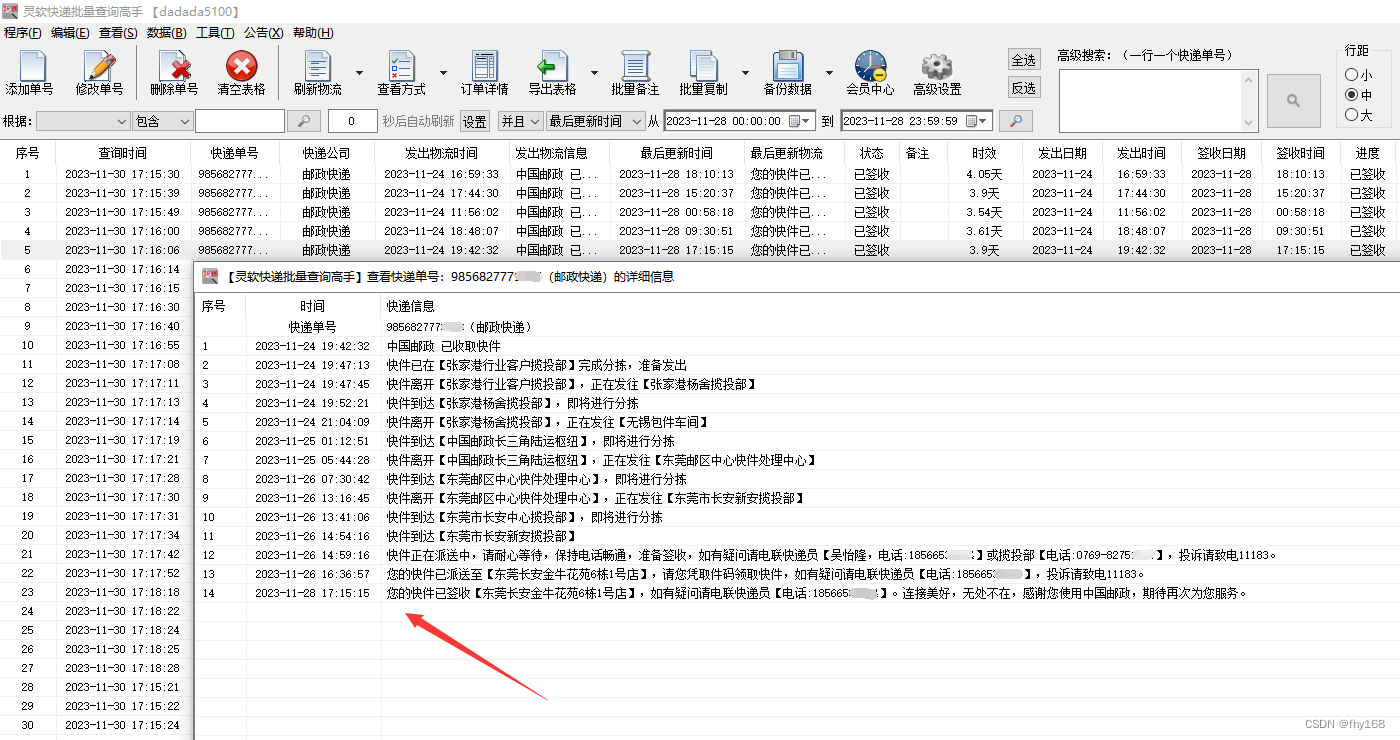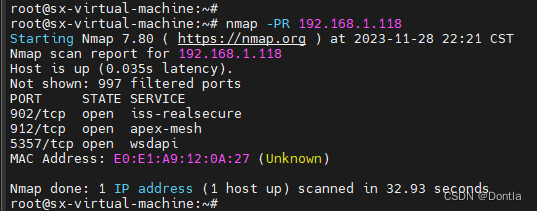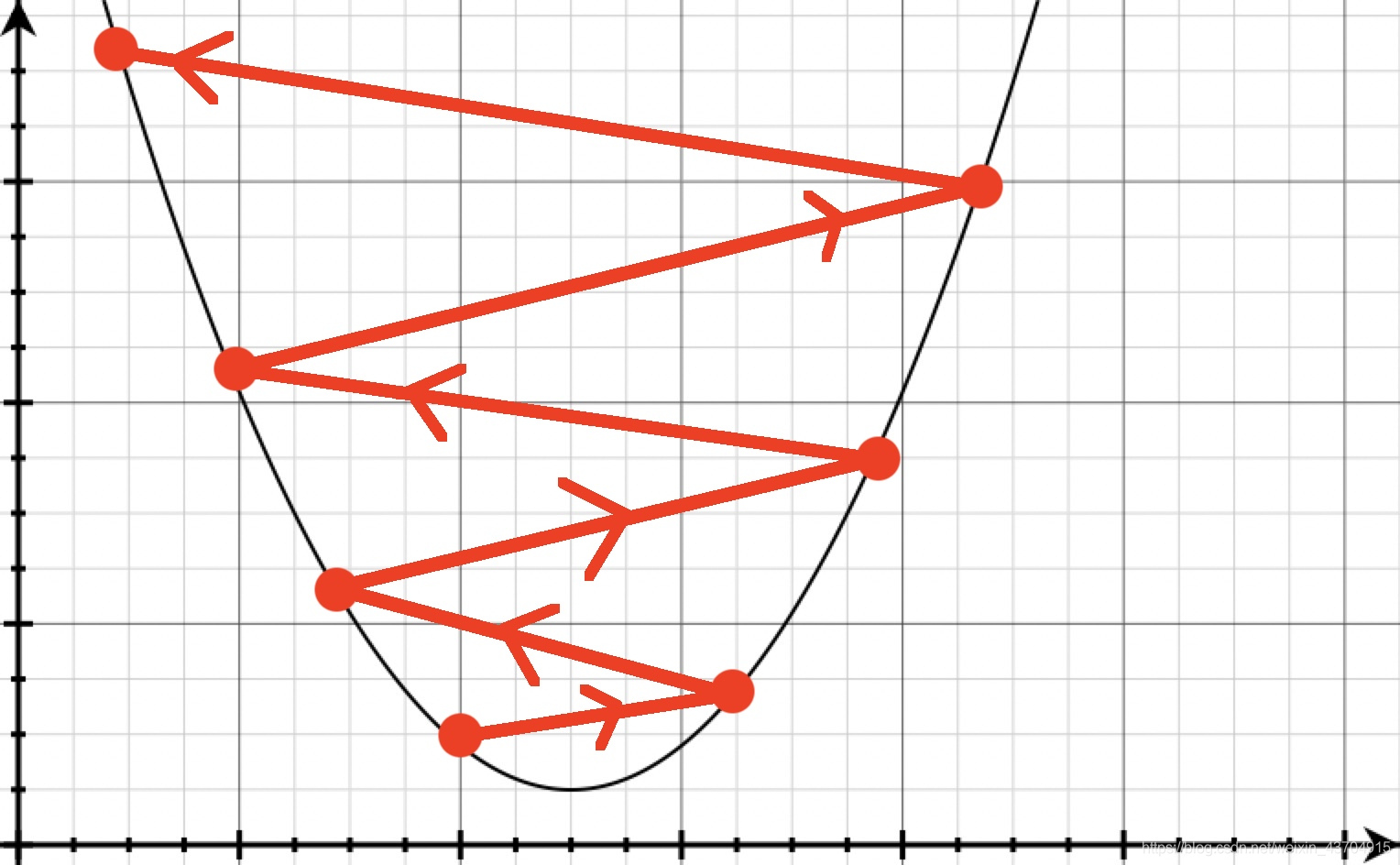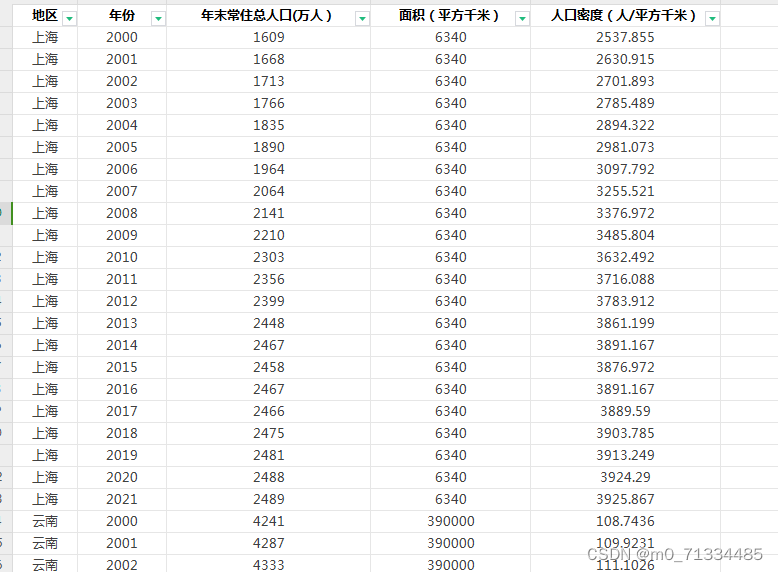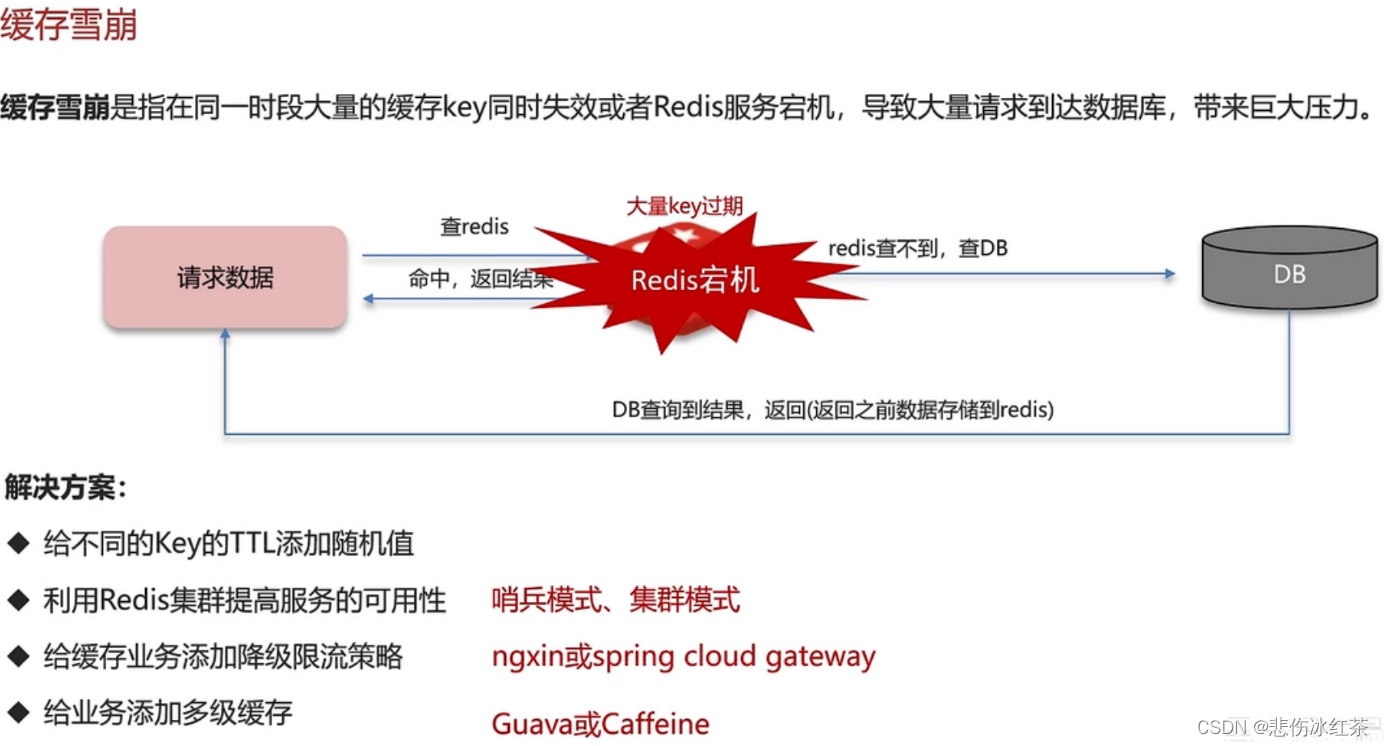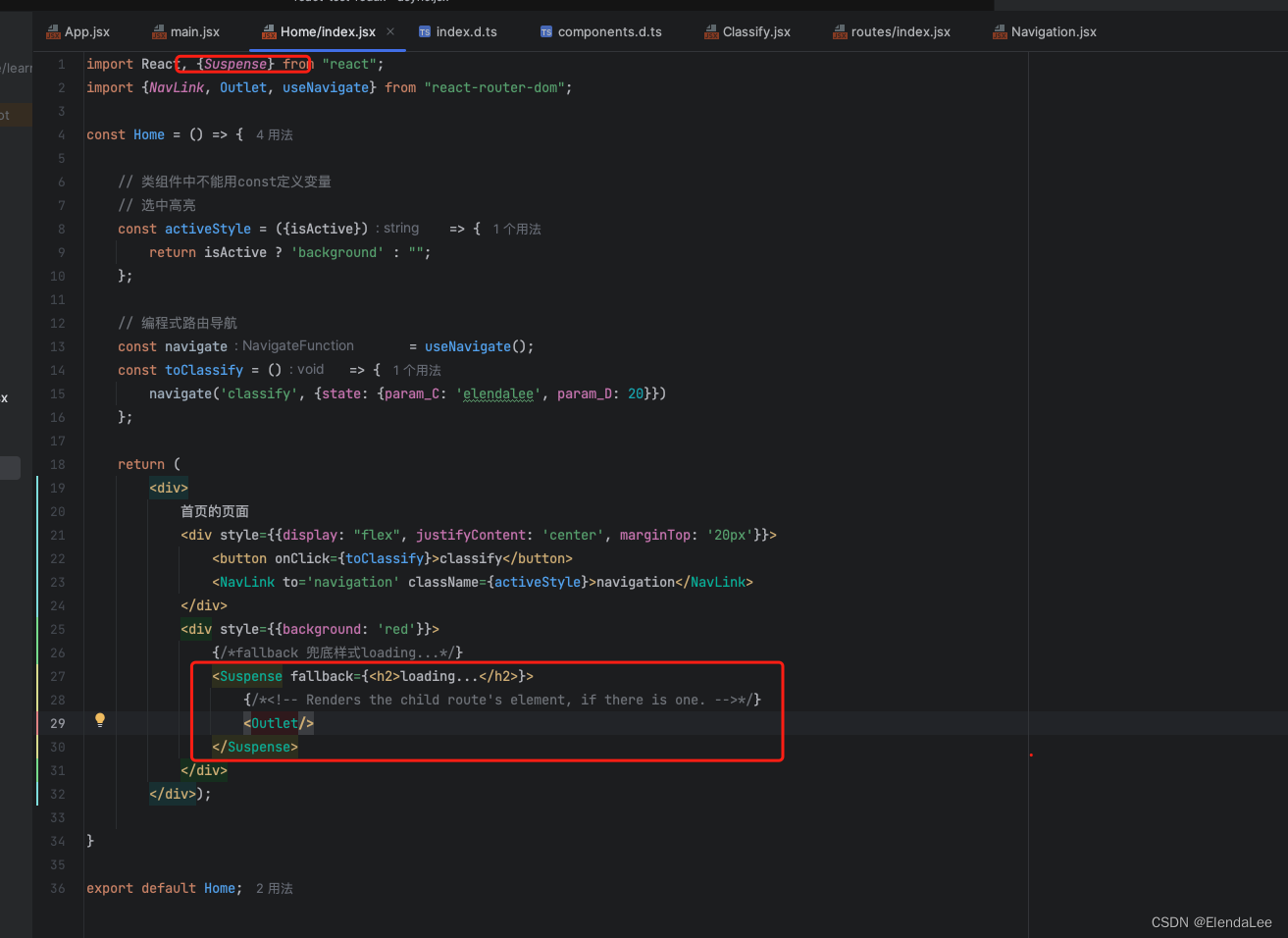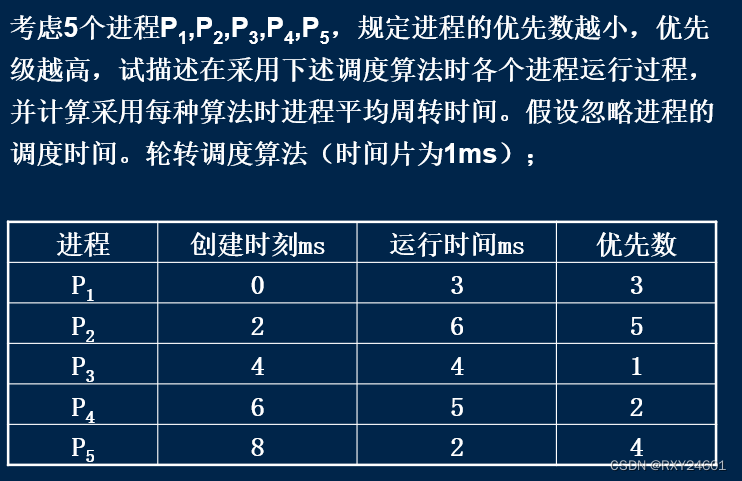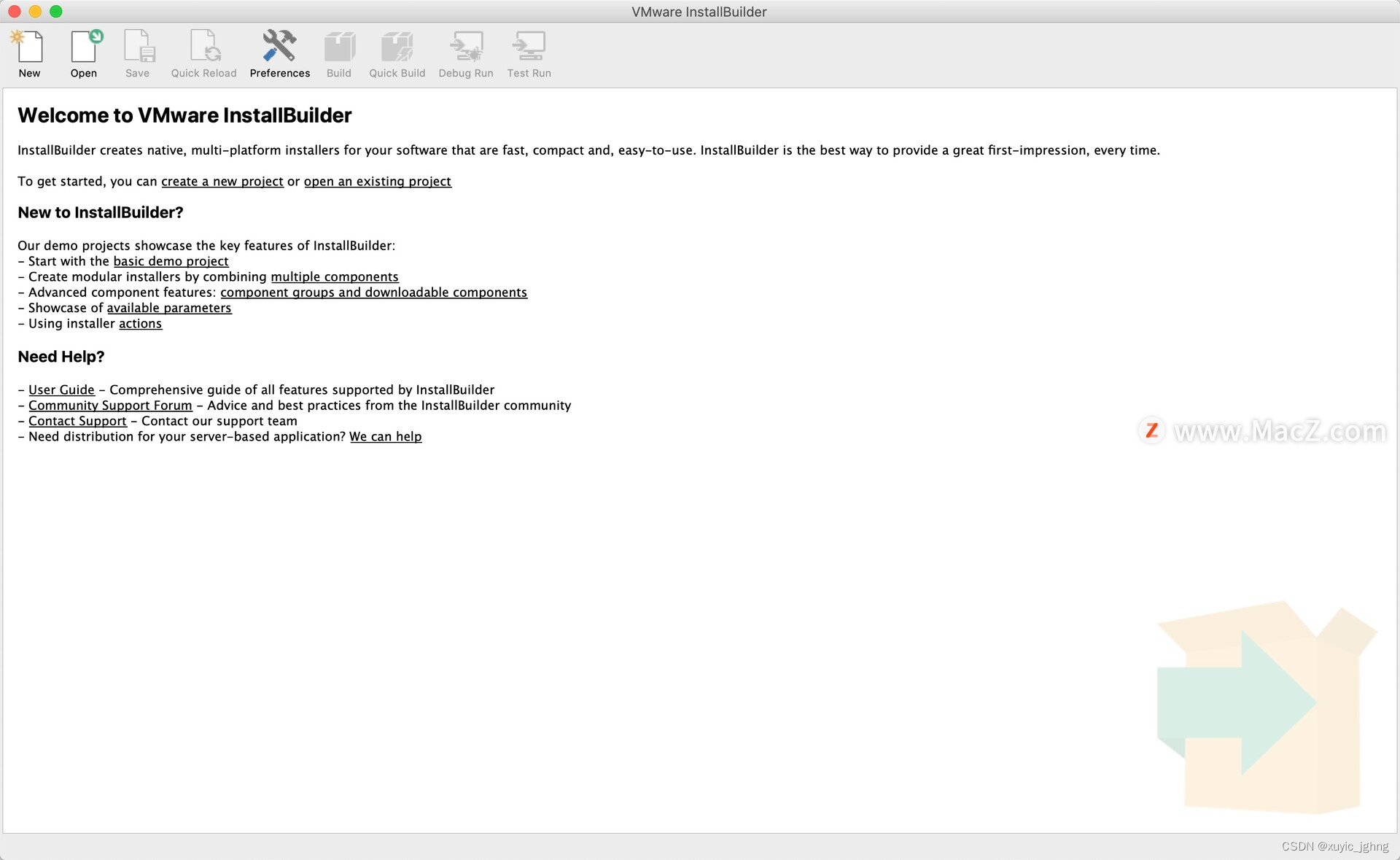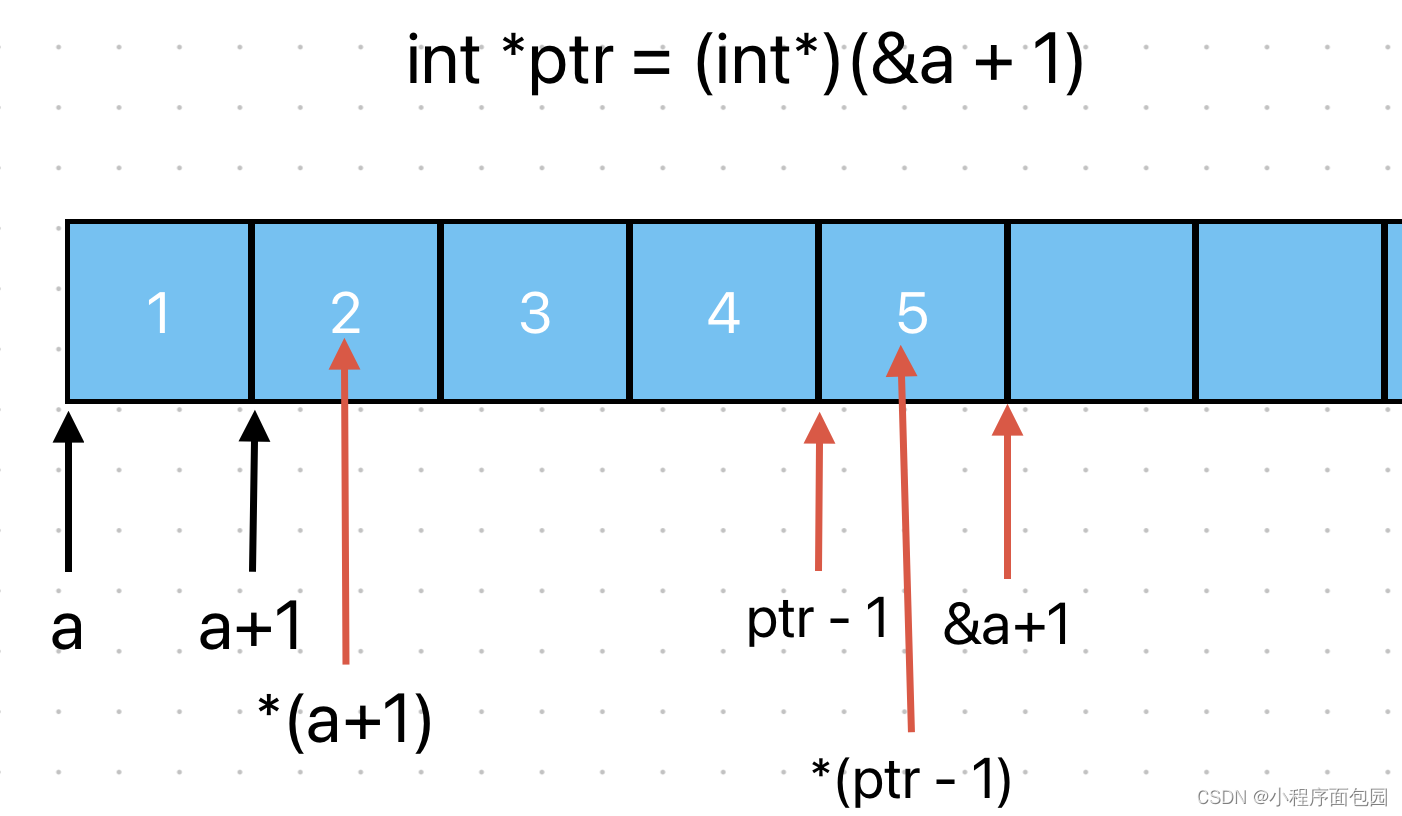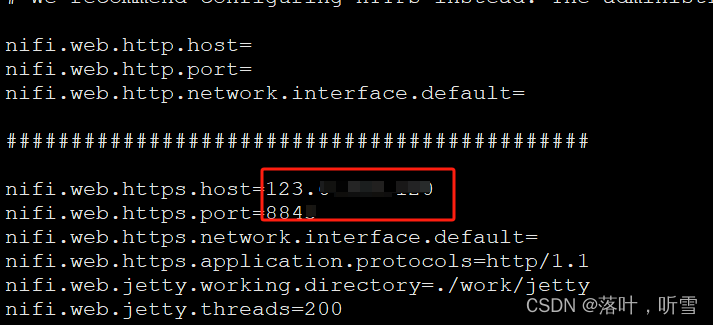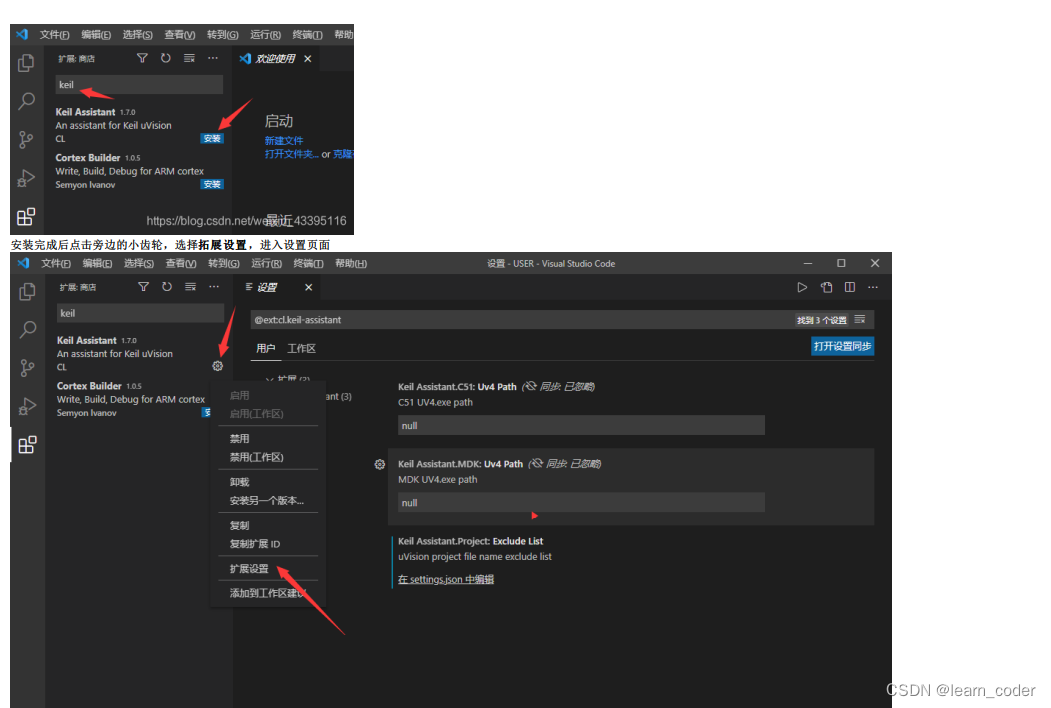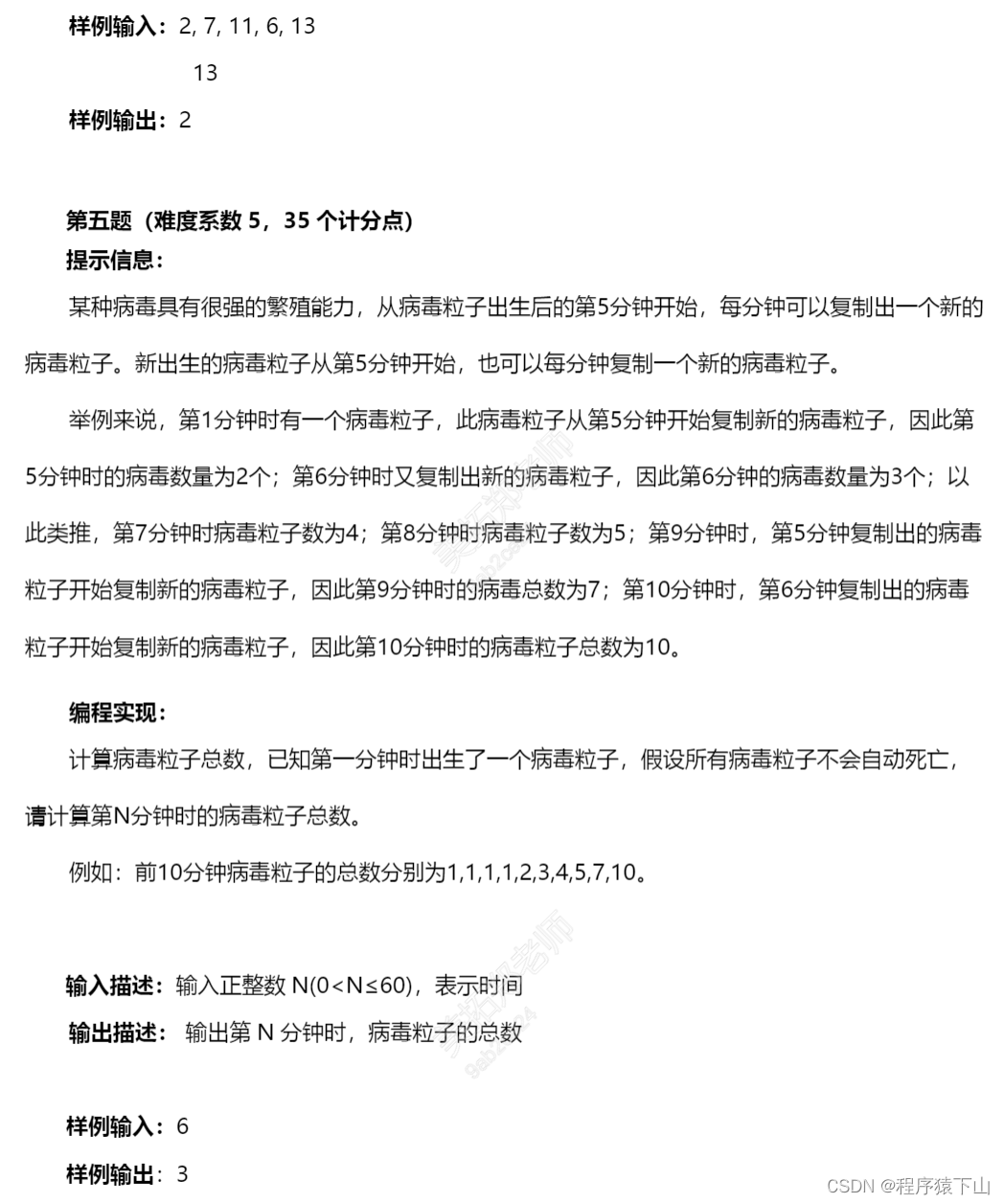python基础模拟退火原理示例
模拟退火的特性决定了一般可以用于算法的调参,相比较遗传算法来说,普遍更快一些,但是也更容易陷入局部最优。相对来说,遗传算法的更新解机制是在最每一个局部最优解附近盘旋游荡,则更容易达到全局最优,但是计算量则更大。
# -*- encoding: utf-8 -*-
'''
@File : simulate_anneal.py
@Time : 2020/10/28 12:45:28
@Author : DataMagician
@Version : 1.0
@Contact : 408903228@qq.com
'''
# here put the import lib
import numpy as np
import matplotlib.pyplot as plt
# ### $ 根据热力学的原理,在温度为T时,出现能量差为dE的降温的概率为P(dE),表示为:$
# # $ P(dE) = exp( dE/(k*T) ) $
# ### $ 其中k是一个常数,exp表示自然指数,且dE<0(温度总是降低的)。这条公式指明了 $
# # 单变量退火
def PDE(DE, T, k=1):
'''
Args:
DE:
t:
k:
Returns:
'''
return np.exp((DE) / (k * T))
def DE_function(new, old):
'''
Args:
new:
old:
Returns:
'''
return new - old
def jump(DE, T, k=1):
'''
Args:
DE:
T:
k:
Returns:
'''
return PDE(DE, T, k) > np.random.rand() and 0 or 1
def simulate_anneal(func,
parameter={
"T": 1, #系统的温度,系统初始应该要处于一个高温的状态 初始温度越高,且马尔科夫链越长,算法搜索越充分,得到全局最优解的可能性越大,但这也意味着需要耗费更多的计算时间
"T_min": 0, #温度的下限,若温度T达到T_min,则停止搜索
"r": 0.0001, #用于控制降温的快慢 值越小T更新越快,退出越快
"expr": 0, #初始解
"jump_max": np.inf,#最大回炉停留次数
"k":1 # k越小越不容易退出
}):
'''
Args:
func:
parameter:
Returns:
'''
path, funcpath = [], []
T = parameter["T"] # 系统温度,初时应在高温
T_min = parameter["T_min"] # 最小温度值
r = parameter["r"] # 降温速率
counter = 0
expr = parameter["expr"] # 假设初解
jump_max = parameter["jump_max"] # 最大冷却值
jump_counter = 0
k = parameter["k"]
while T > T_min:
counter += 1
new_expr = func.__next__() # 迭代新解
funcpath.append(new_expr)
DE = DE_function(new_expr , expr)
if DE <= 0:
# 如果新解比假设初解或者上一个达标解要小,就更新解
expr = new_expr
# 跳出域值更新为0
jump_counter = 0
elif DE > 0:
# 如果新解比假设初解或者上一个达标解要大,就不更新解
expr = expr
if jump(DE, T,k):
# 每更新一次T更新一次
T *= r
jump_counter += 1
if jump_counter > jump_max:
print("最大回炉冷却次数:", jump_counter)
return expr, path, funcpath
path.append(expr)
print("{}{}{}{}{}{}{}{}".format('系统温度:', T, ' 新状态:', expr, ' 迭代轮次:',
counter, ' DE:', DE))
return expr, path, funcpath
if __name__ == "__main__":
def f(): # 待优化最小函数
'''
Returns:
'''
for x in np.random.randn(1000):
yield x
expr, path, funcpath = simulate_anneal(f(),
parameter={
"T": 1,
"T_min": 0,
"r": 0.4,
"expr": 0,
"jump_max": 1000,
"k":0.000001
})
print(expr)
plt.figure(figsize=(16, 9)) # %%
plt.plot(path, c='g')
plt.plot(funcpath, c='r')
plt.show()
plt.close()
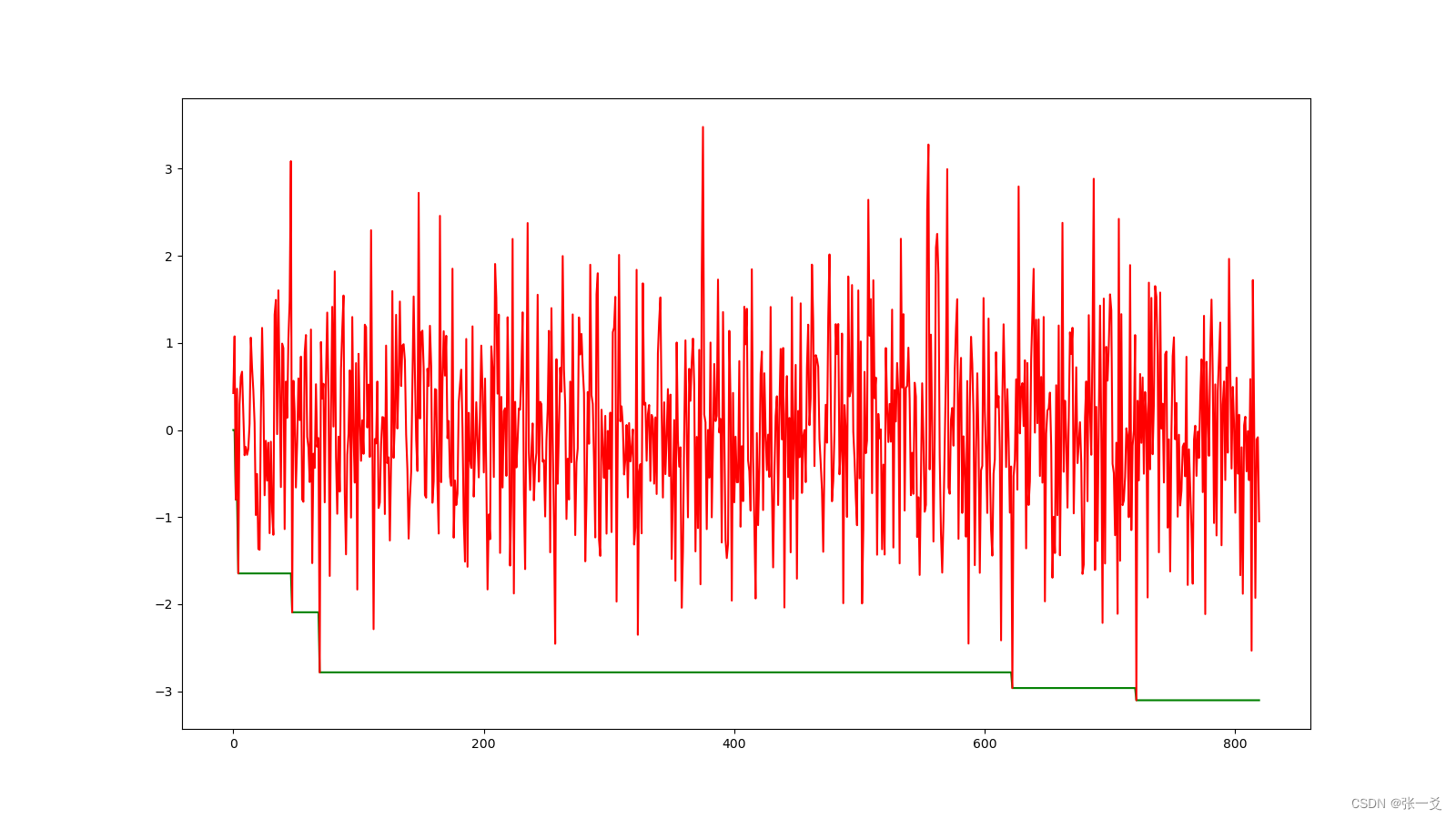
快速模拟退火
from sko.SA import SAFast
import matplotlib.pyplot as plt
import pandas as pd
def demo_func(x):
return x[0] ** 2 + (x[1] - 0.05) ** 2 + x[2] ** 2
sa = SAFast(func=demo_func
, x0=[1, 1, 1] # 初始x解,初始解越大则越难到达最小值,越小则越容易错过
, T_max=1 #系统的温度,系统初始应该要处于一个高温的状态 初始温度越高,且马尔科夫链越长,算法搜索越充分,得到全局最优解的可能性越大,但这也意味着需要耗费更多的计算时间
, T_min=1e-9 #温度的下限,若温度T达到T_min,则停止搜索
, L=300 #最大迭代次数,每个温度下的迭代次数(又称链长)
, max_stay_counter=100 # 最大冷却停留计数器,保证快速退出,如果 best_y 在最大停留计数器次数(也称冷却时间)内保持不变,则停止运行
,lb = [-1,1,-1] #x的下限
,ub = [2,3,4] #x的上限
#,hop = [3,2,1] # x 的上下限最大差值 hop=ub-lb
,m = 1 # 0-正无穷,越大,越容易冷却退出
,n = 1 # # 0-正无穷,越大,越不容易冷却退出
,quench = 1 # 淬火指数,0-正无穷,越小则越慢,但是越能求出最小,越大则越快,但是容易陷入局部最优
)
best_x, best_y = sa.run()
print('best_x:', best_x, 'best_y:', best_y,"y_history:",len(sa.best_y_history),sa.iter_cycle)
plt.plot(pd.DataFrame(sa.best_y_history).cummin(axis=0))
plt.show()
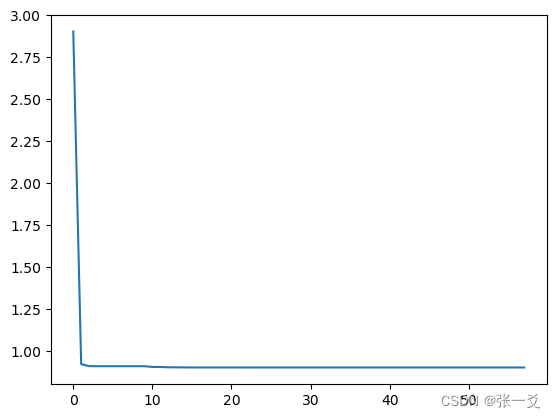
纯数值模拟退火
from sko.SA import SimulatedAnnealingValue
import matplotlib.pyplot as plt
import pandas as pd
def demo_func(x):
return x[0] ** 2 + (x[1] - 0.05) ** 2 + x[2] ** 2
sa = SimulatedAnnealingValue(func=demo_func
, x0=[1, 1, 1] # 初始x解,初始解越大则越难到达最小值,越小则越容易错过
, T_max=1 #系统的温度,系统初始应该要处于一个高温的状态 初始温度越高,且马尔科夫链越长,算法搜索越充分,得到全局最优解的可能性越大,但这也意味着需要耗费更多的计算时间
, T_min=1e-9 #温度的下限,若温度T达到T_min,则停止搜索
, L=300 #最大迭代次数,每个温度下的迭代次数(又称链长)
, max_stay_counter=100000 # 冷却停留计数器,如果 best_y 在最大停留计数器次数(也称冷却时间)内保持不变,则停止运行
,lb = [-1,1,-1] #x的下限
,ub = [2,3,4] #x的上限
#,hop = [3,2,1] # x 的上下限最大差值 hop=ub-lb
,learn_rate = 0.0001 # 学习率,用于控制降温的快慢 值越小T更新越快,退出越快
)
best_x, best_y = sa.run()
print('best_x:', best_x, 'best_y:', best_y,"y_history:",len(sa.best_y_history))
plt.plot(pd.DataFrame(sa.best_y_history).cummin(axis=0))
plt.show()
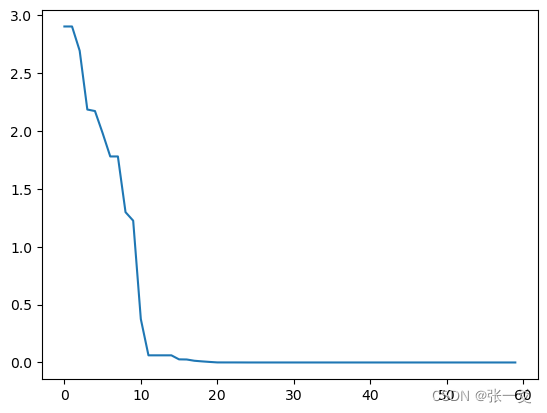
柯西模拟退火
from sko.SA import SACauchy
import matplotlib.pyplot as plt
import pandas as pd
def demo_func(x):
return x[0] ** 2 + (x[1] - 0.05) ** 2 + x[2] ** 2
sa = SACauchy(func=demo_func
, x0=[1, 1, 1] # 初始x解,初始解越大则越难到达最小值,越小则越容易错过
, T_max=1 #系统的温度,系统初始应该要处于一个高温的状态 初始温度越高,且马尔科夫链越长,算法搜索越充分,得到全局最优解的可能性越大,但这也意味着需要耗费更多的计算时间
, T_min=1e-9 #温度的下限,若温度T达到T_min,则停止搜索
, L=300 #最大迭代次数,每个温度下的迭代次数(又称链长)
, max_stay_counter=100 # 冷却停留计数器,如果 best_y 在最大停留计数器次数(也称冷却时间)内保持不变,则停止运行
,lb = [-1,1,-1] #x的下限
,ub = [2,3,4] #x的上限
#,hop = [3,2,1] # x 的上下限最大差值 hop=ub-lb
,learn_rate = 0.1 # 学习率,用于控制降温的快慢 值越大T更新越快,退出越快
)
best_x, best_y = sa.run()
print('best_x:', best_x, 'best_y:', best_y,"y_history:",len(sa.best_y_history))
plt.plot(pd.DataFrame(sa.best_y_history).cummin(axis=0))
plt.show()
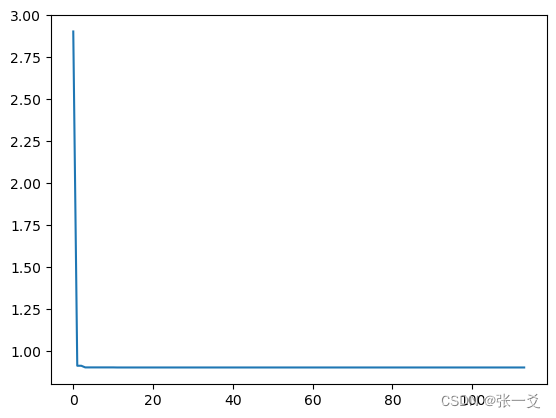
玻尔兹曼模拟退火
from sko.SA import SABoltzmann
import matplotlib.pyplot as plt
import pandas as pd
def demo_func(x):
return x[0] ** 2 + (x[1] - 0.05) ** 2 + x[2] ** 2
sa = SABoltzmann(func=demo_func
, x0=[1, 1, 1] # 初始x解,初始解越大则越难到达最小值,越小则越容易错过
, T_max=1 #系统的温度,系统初始应该要处于一个高温的状态 初始温度越高,且马尔科夫链越长,算法搜索越充分,得到全局最优解的可能性越大,但这也意味着需要耗费更多的计算时间
, T_min=1e-9 #温度的下限,若温度T达到T_min,则停止搜索
, L=300 #最大迭代次数,每个温度下的迭代次数(又称链长)
, max_stay_counter=100 # 冷却停留计数器,如果 best_y 在最大停留计数器次数(也称冷却时间)内保持不变,则停止运行
# ,lb = [-1,1,-1] #x的下限
# ,ub = [2,3,4] #x的上限
,hop = [3,2,1] # x 的上下限最大差值 hop=ub-lb
,learn_rate = 0.1 # 学习率,用于控制降温的快慢 值越大T更新越快,退出越快
)
best_x, best_y = sa.run()
print('best_x:', best_x, 'best_y:', best_y,"y_history:",len(sa.best_y_history))
plt.plot(pd.DataFrame(sa.best_y_history).cummin(axis=0))
plt.show()
